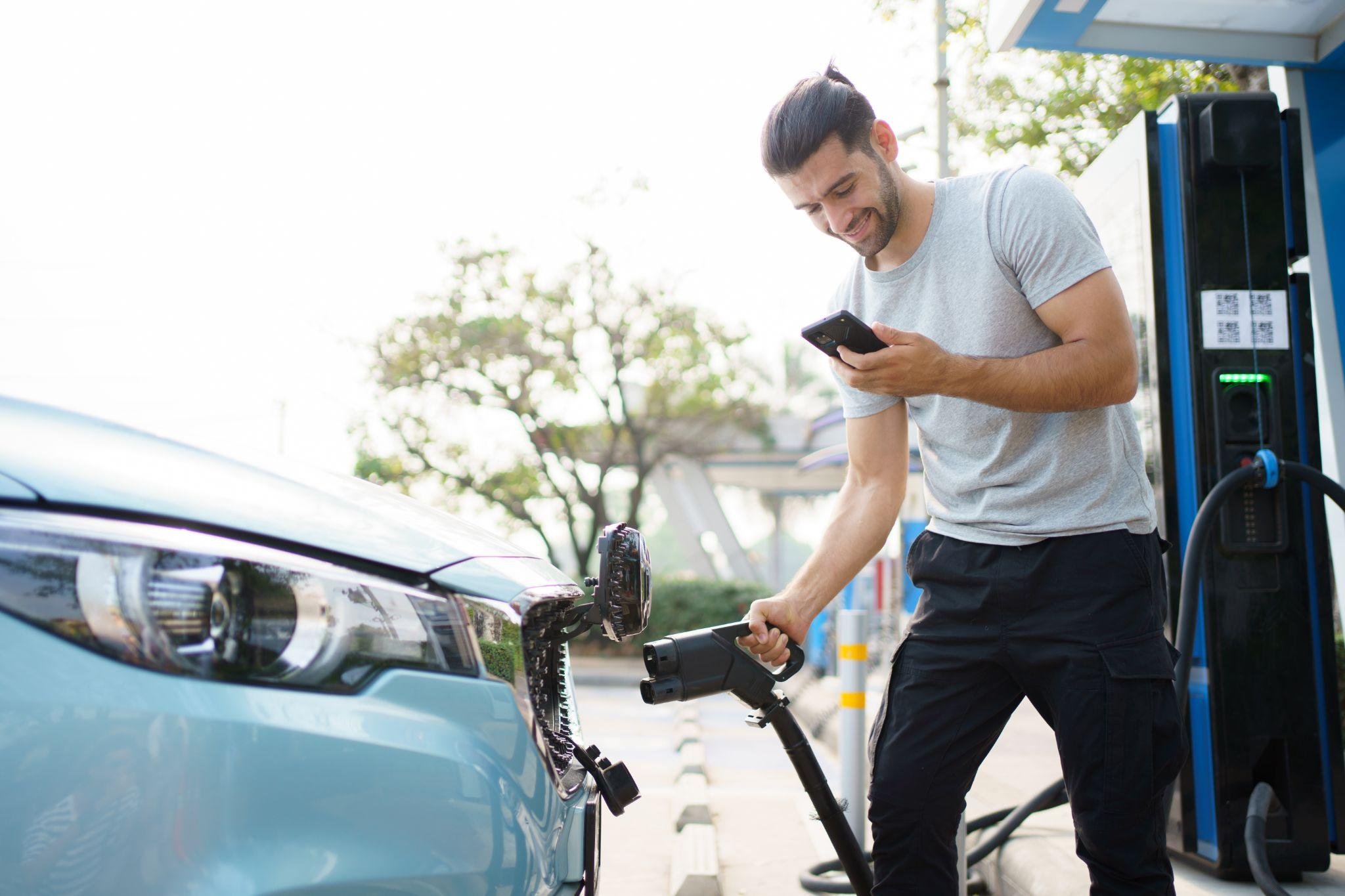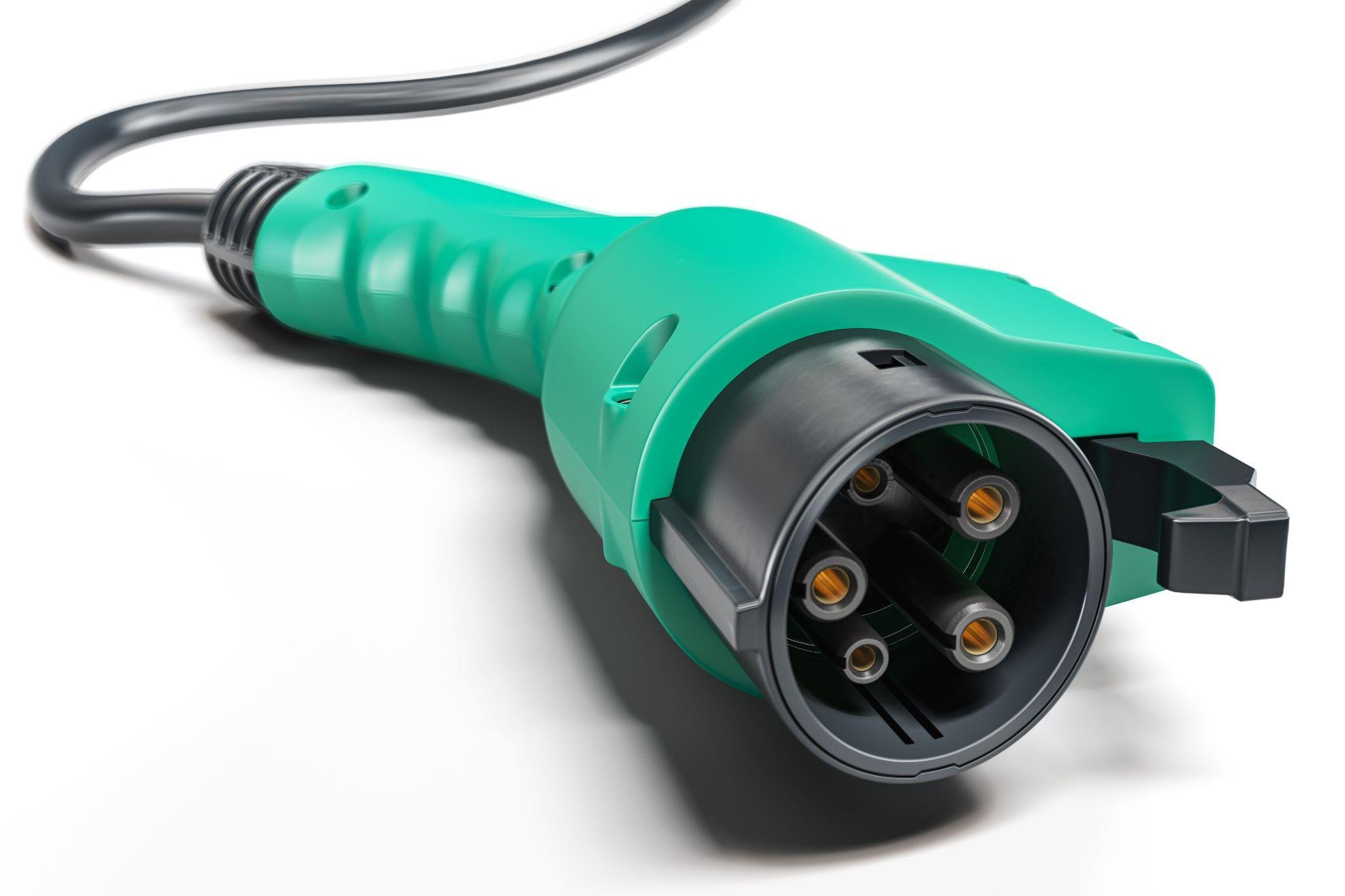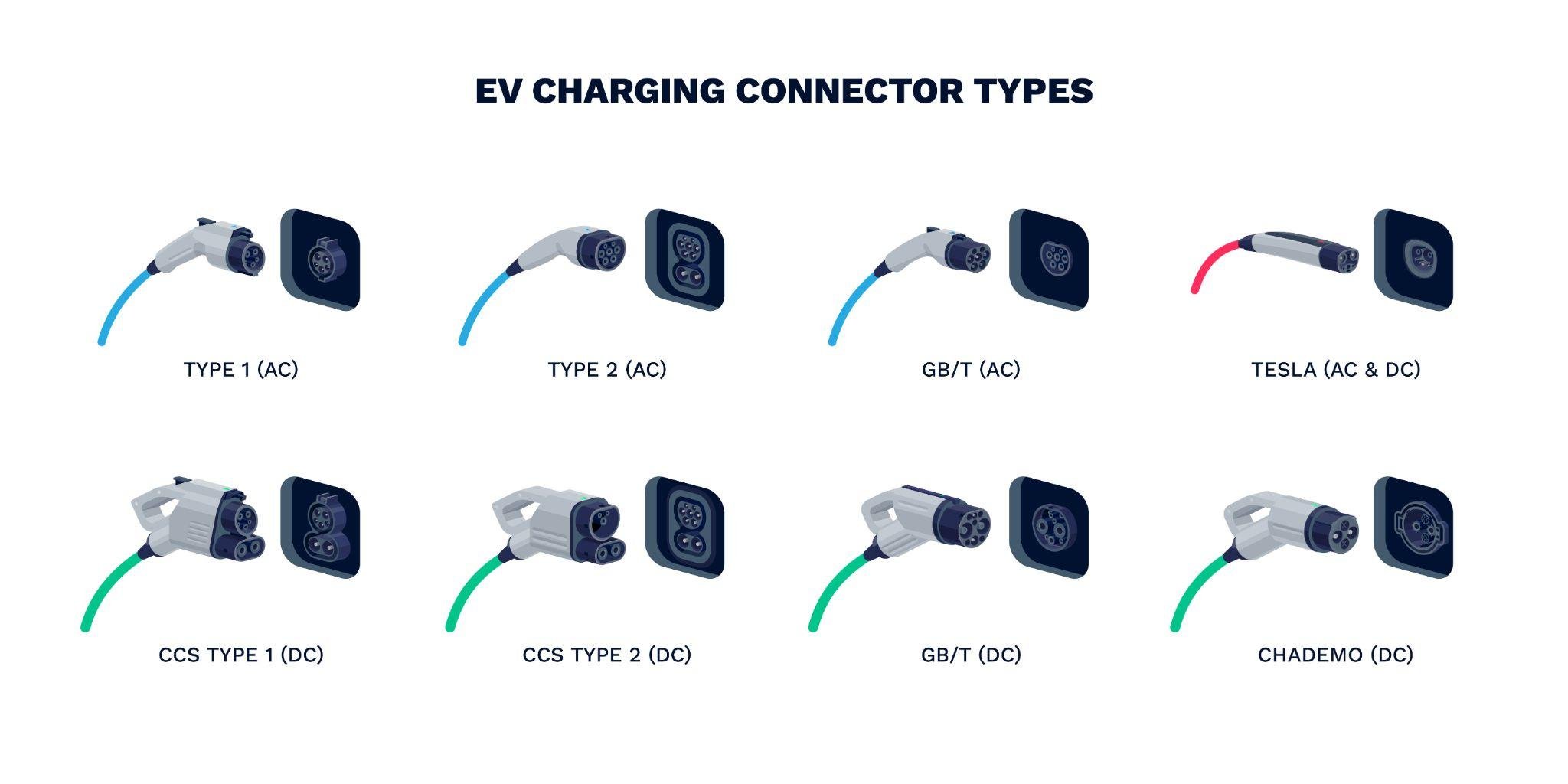Everything You Need to Know About EV Plug Types
If you’re filling up a car that has an internal combustion engine (ICE), you only need to distinguish between the gas and diesel pump. For drivers of electric vehicles (EVs), however, there are more options to choose from. That’s because on the one hand, the nascent EV sector is still on a path to standardization, and on the other because different charging speeds and power loads require more than one type of EV plug. Here’s how to identify the right EV plug for the three types of electric vehicles (EVs) that require a plug-in charger, namely plug-in hybrids (PHEVs), battery electric vehicles (BEVs), and cars using proprietary chargers.
The Evolution of EV Plug Types
Travel around the world and you’ll soon realize that each continent (sometimes each country) seems to have its own plug to connect devices to the power grid. If you want to use your devices abroad, you’ll typically need an adapter or even a transformer to draw power. The same lack of standardization applies to the EV market, both by fortune and design. EV car manufacturers developed vehicles before an internationally uniform charging infrastructure was in place, while certain manufacturers (eg. Tesla) intentionally developed proprietary solutions that supported their own vehicles only.
Understanding Different EV Plug Types
That’s how we reached the current landscape where EV plug types vary according to territory, power source (ie. slow vs. fast charging) and vehicle type.
Type 1 - SAE J1772
This is the standard for Level 1 and 2 charging in North America and Asia, where the source is a single-phase alternating current (AC). It’s a 5-pin plug that can draw power up to 19.2kW. In most cases, if you’re driving an EV in the USA, you connect to the home or public charging station using a Type 1 plug.
Type 2 - Mennekes
This is the standard in Europe where triple-phase alternating current is the default power source for Level 1 and 2 charging. The 7-pin plug allows up to 43kW and (unlike the Type 1) features an automatic locking mechanism to prevent accidental disconnection.
CCS1
You’ll need this 7-pin EV plug if you’re looking for DCFC charging (up to 350kW) in North America, although it can also be used for slow AC charging. Essentially, the CCS1 is a Type 1 plug with two additional high-speed DC charging pins added. If you’re charging at a public station, where the goal is usually to get back on the road with the briefest delay, this is the EV plug for the job.
CCS2
The European counterpart of the CCS1 is a 9-pin enhancement of the Type 2 plug. It allows charging of up to 350kW. As with the CCS1, this plug can deliver both AC and DC charging.
CHAdeMO
Initially developed in Japan, the 10-pin CHAdeMO was one of the first fast-charging DC plug types on the market. The first generation offered up to 50kW, but the second generation delivers a whopping 400kW. The CHAdeMO also allows for bidirectional vehicle-to-grid (V2G) charging. Despite its popularity in Japan, the plug is slowly being phased out internationally, particularly since the European Commission mandated CCS2 for DC charging in Europe.
GB/T
You won’t come across this EV plug as a North American driver, but it’s the option used by more than half of the world’s EV drivers. That’s because GB/T is the standard AC and DC plug in China, delivering 7.4kW for AC and 237.5 kW for DC.
Tesla Supercharger
Tesla’s proprietary EV plug accommodates Level 1, 2 and 3 AC and DC charging. In other words, there’s just the one plug. In North America, it uses a NACS charger, but all vehicles come with an adapter that connects to the Type 1 J1772 plug. In Europe, Tesla cars now use CCS2 charging.
Open Protocols and Interoperability
In recent years, the push for open protocols has gained momentum within the EV charging industry. Open protocols aim to establish a standardized, interoperable charging infrastructure that allows various plug types to seamlessly connect. That overcomes one of the key frustrations for drivers, and a significant obstacle where EV adoption is concerned. In February 2023, the US finally introduced new national standards for federally funded EV chargers to give drivers uniform consistency.
The Next Generation of EV Plugs
The Society of Automotive Engineers (SAE) International is pushing for the development of a wireless power transfer (WPT) charging solution in North America that will be equivalent to the J1772. Three charging speeds are currently in development:
WPT1 (max 3.7 kW)
WPT2 (max 7.7 kW)
WPT3 (max 11 kW)
Although wireless technology is still in the trial phase, it could be a regular feature as early as 2025. However, only one manufacturer in the US (BMW) currently offers a vehicle with wireless charging capability.
Choosing the Right Plug Type for Your Needs
Just as the choice between petrol and diesel is intuitive if you pay attention to the aperture size, so the choice of EV plug is easy to establish. The vehicle will draw the power level from the charger that it needs, so you’re not at risk of overpowering your battery with more current than it can handle.
For North American drivers, it’s a simple choice. All vehicles can use the Type 1 plug for Level 1 and 2 charging, whereas you’ll need the CCS1 for fast Level 3 charging. While all EV vehicles can use Tesla 1 and 2 stations with an adapter, only Tesla vehicles can use the DC Supercharger.
The EV Connect Driver App lets you find a compatible connector by filtering in the Map for Charging Level (Level 1, Level 2, and Level 3) and selecting a station to see the available connector types.
In this blog post, we've explored the world of EV plug types, highlighting the evolution of various standards and their advantages. By understanding the unique features of each plug type, businesses and drivers can make informed decisions when it comes to EV charging infrastructure. We encourage you to explore our other related blog posts, such as our coverage of smart charging and the most common EV charging myths. Stay connected, and together let's drive towards a greener future!
To locate the nearest charger, check your charging status, easily make payments, and stay up to date on your account, download the EV Connect Driver App.
Sources
AFDC - Electric Vehicles
Dept. of Transportation - Charger Types and Speeds | US Department of Transportation





